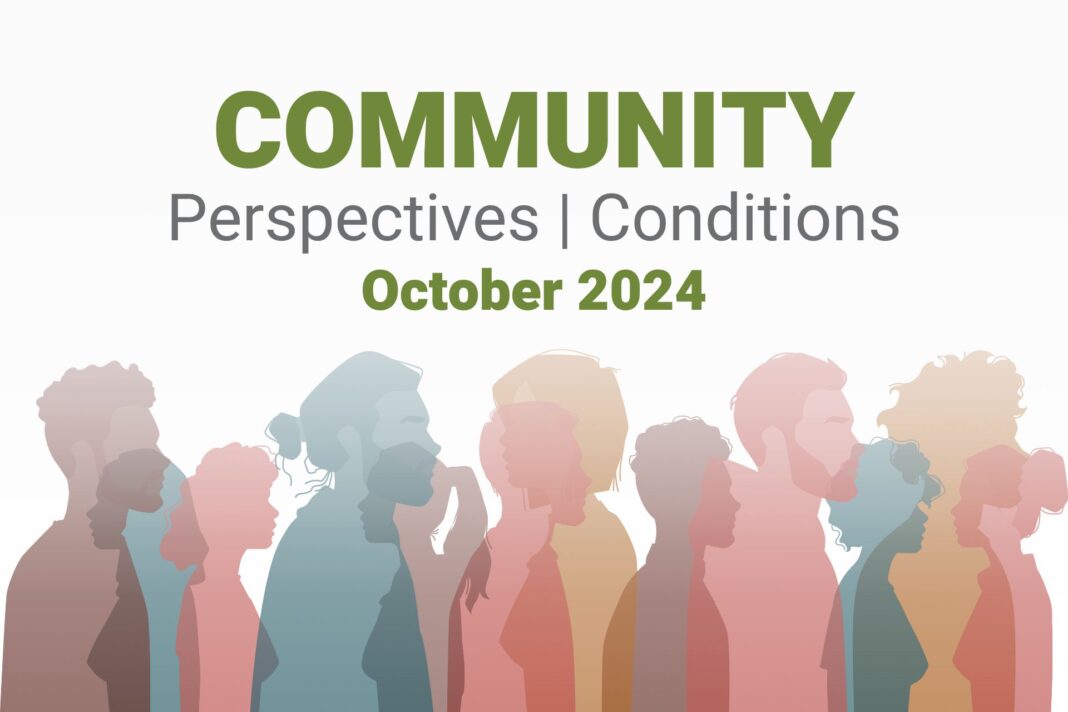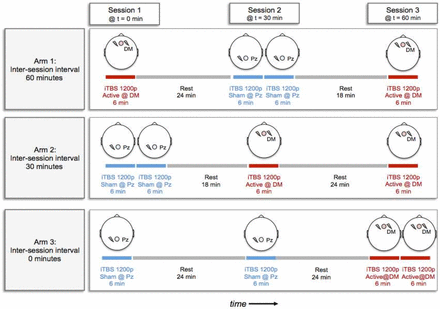Federal Reserve Banks across the country collect anecdotes from contacts and hone in on concerns for Federal Reserve Beige Book summaries, published eight times each year. Historically, insights about conditions affecting low- and moderate-income communities have come from the perspective of businesses. Several Reserve Banks began including “Community Conditions” and “Community Perspectives” sections in the fall of 2022. These sections provide insight into local changes through direct accounts of nonprofit and community leaders and workforce professionals serving lower-income people. Here are some takeaways from the October 2024 Beige Book, which was prepared at the Federal Reserve Bank of New York and is based on information collected on or before October 11, 2024.
Please note that the Beige Book summarizes comments received from contacts outside the Federal Reserve and is not a commentary on the views of Federal Reserve officials.
“Community leaders expressed concern about increasing food insecurity as the number of recipients for programs that distribute food and financial assistance, continued to increase. Processing delays for benefits programs combined with sustained high food prices post-pandemic have weighed on community members with fixed incomes, including elderly, low-income, and student populations. Direct funding of food programs from state and local governments for school-age and elderly people has provided stopgap funding where federal funds have been delayed or discontinued.”
– New York Fed, Federal Reserve 2nd District, Community Perspectives
“Nonprofit contacts reported deterioration in the financial well-being of low- and moderate-income households and in the availability of affordable housing over the past six months, according to a semiannual survey. One contact observed that higher costs for basic needs had driven more households to borrow money from family or friends or to rely on credit or short-term loans to make ends meet. Several contacts noted that rising rents limited affordable housing options for low- and moderate-income households, while some contacts expressed concern about the impact of short-term rentals on housing supply, particularly in areas around tourist sites. One contact also noted that construction of new affordable housing units had lagged because of the higher costs of building materials and financing.”
– Cleveland Fed, Federal Reserve 4th District, Community Conditions
“Community, nonprofit, and small business contacts saw little change in economic activity but were slightly optimistic about future economic conditions. State government officials again saw healthy growth in tax revenues. Small business contacts in affordable housing development commented that persistent high costs, including labor and insurance, continued to squeeze profit margins and disrupt project plans. Philanthropic leaders noted increases in grant requests, as nonprofit grantees sought to manage higher operating costs and meet basic community needs, including food. Community contacts also reported increases in homelessness as well as utility arrearages, both indicators of the housing challenges faced by low-income community members.”
– Chicago Fed, Federal Reserve 7th District, Community Conditions
“Contacts reported that the ability to remain connected to the internet became more challenging for low- and moderate-income (LMI) populations, exacerbated by the ending of the Affordable Connectivity Plan earlier this year. Organizations assisting in digital access said that many households have elected to maintain their internet connections through discounted plans offered by internet service providers (ISPs) or by reducing the plan quality. They noted uncertainty about how long households would maintain service amid other cost constraints and limited funds available from internet subsidies. Regarding ISPs discounted plans, contacts highlighted variability in the access and reliability across service areas. Furthermore, they noted some ISPs expressed concern about the financial sustainability of certain infrastructure projects aimed at improving internet access due to the loss of lower-income internet subscribers.”
– Kansas City Fed, Federal Reserve 10th District, Community Conditions
“Nonprofit service providers noted continued solid demand for social services. Availability of safe and affordable housing remained a top concern, and there were reports of increased demand among lower-income clients for funding for home repairs or weatherization, particularly in the aftermath of recent severe weather events. Contacts cited rising assistance requests from seniors which they attributed to inflation. One nonprofit reported rising vacancies in their senior-only housing facilities, as seniors were reentering the workforce out of economic necessity, disqualifying them for these low-cost units. Some nonprofit leaders expressed reduced concern about inflation and interest rates, with one indicating that increased confidence has led them to move forward with capital investment. However, a few others said that economic and election uncertainty has led to hesitancy to give among some donors.”
– Dallas Fed, Federal Reserve 11th District, Community Perspectives
“Demand remained elevated for community support services, particularly for health-care, food, housing, and workforce development. Contacts reported that workers were seeking training to get higher-paying jobs. Some people in the community were focusing on cost over quality when looking for mental health services. Funding availability for nonprofit organizations from government grants, the private sector, and individual donors remained subdued. Contacts reported that some small businesses in Hawaii, such as those in food services and retail, faced continued challenges with lower consumer demand. Some newer small business owners in Utah sought help with obtaining funding and with business operations training. One contact noted that elevated demand for shelters and community services attracted interest in market entry by some for-profit entities.”
– San Francisco Fed, Federal Reserve 12th District, Community Conditions
Visit the October 2024 Beige Book report for a full national summary and more information about economic conditions from each Reserve Bank, including labor markets, financial services, real estate, and more.


